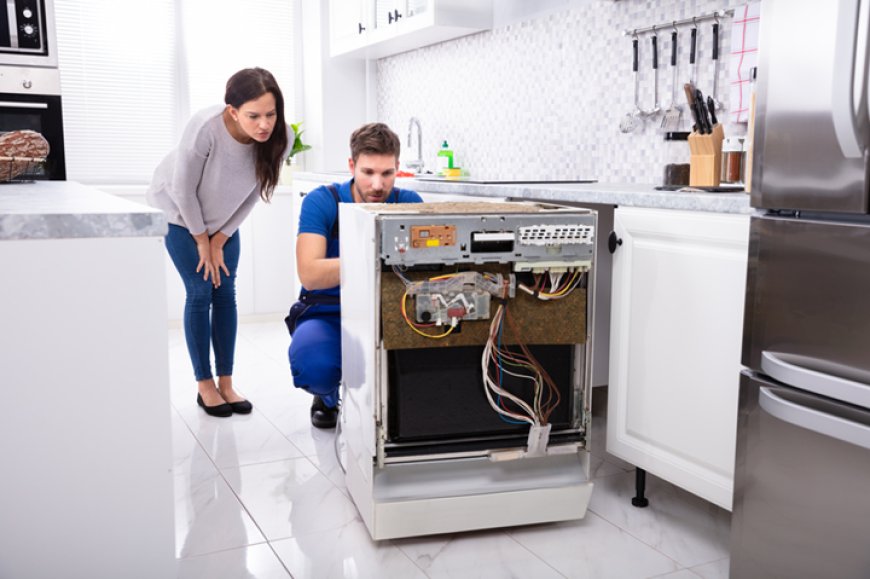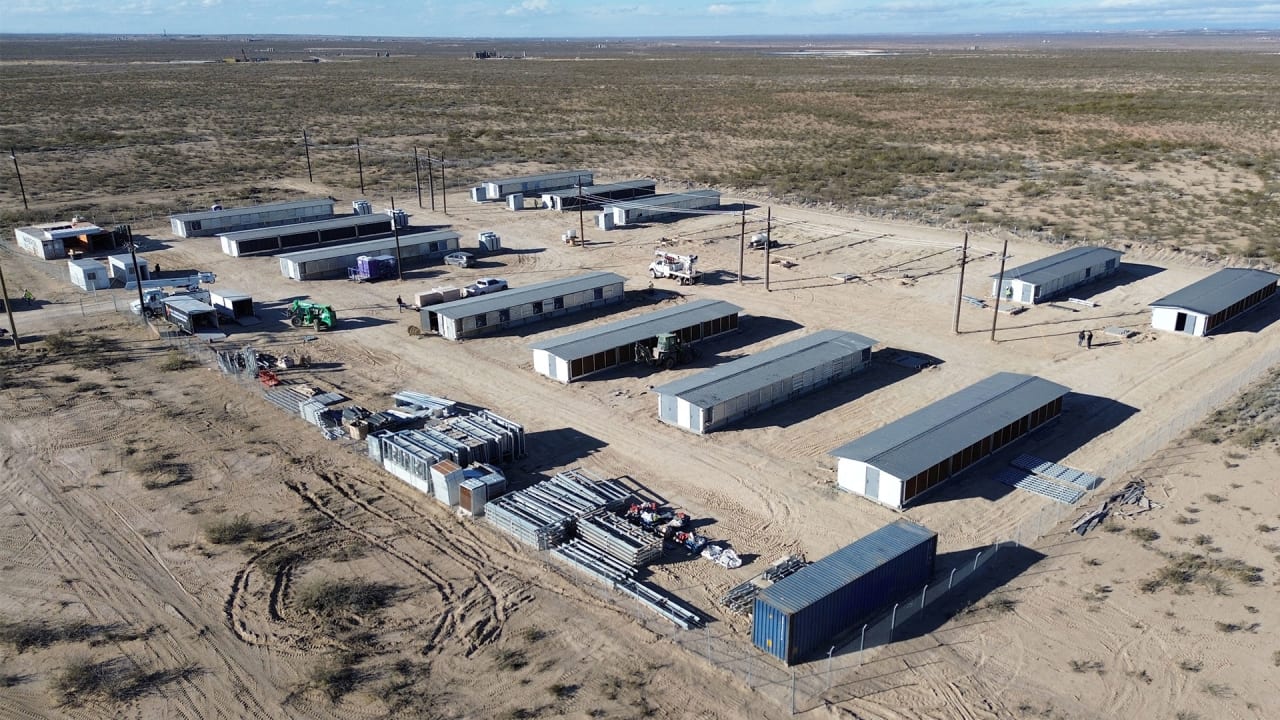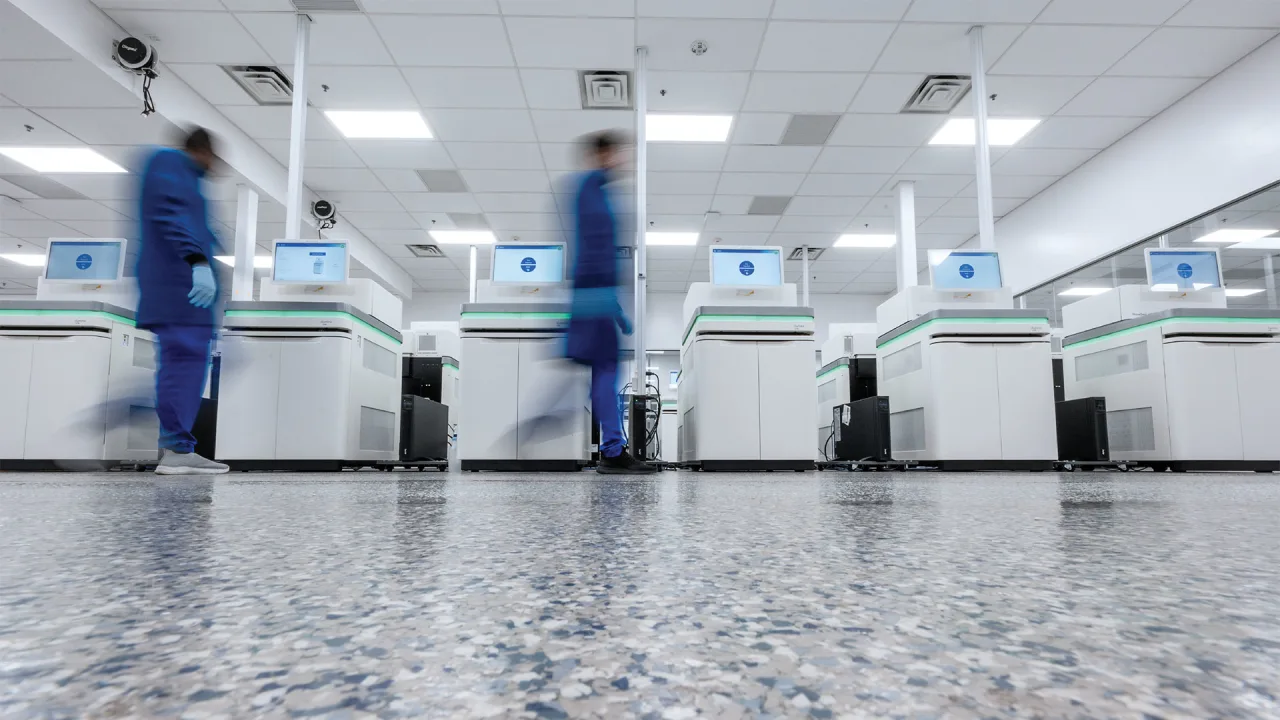How Smart Appliances Are Changing the Appliances Repair Industry
Explore how smart appliances are reshaping the repair industry with remote diagnostics, error code alerts, and specialized technician training. Learn what homeowners need to know.

The rise of smart technology has transformed nearly every corner of modern living, and household appliances are no exception. From refrigerators that text you when the milk is low to ovens you can preheat from your phone, smart appliances have made kitchens and laundry rooms more connected and convenient than ever before.
But beyond convenience for homeowners, smart appliances are radically changing the appliance repair industry itself — reshaping how technicians diagnose, maintain, and service modern machines.
In this comprehensive guide, we’ll explore how smart appliances are revolutionizing the repair business, what homeowners need to know about servicing these devices, and the benefits and challenges they bring to both consumers and repair professionals.
What Are Smart Appliances?
Smart appliances are household devices connected to Wi-Fi or Bluetooth networks that can be controlled remotely via smartphones, tablets, or voice assistants like Amazon Alexa and Google Assistant.
They often come equipped with:
-
Touchscreen displays
-
Real-time monitoring
-
Error code alerts
-
Automated diagnostics
-
Mobile app integration
Common smart appliances include:
How Smart Appliances Are Transforming Appliance Repairs
1. Real-Time Diagnostics and Remote Troubleshooting
Many smart appliances send real-time performance data and error codes directly to manufacturers or service providers.
Technicians can now pre-diagnose issues before arriving on-site, ensuring they have the necessary parts and tools on hand, which:
-
Reduces repair times
-
Lowers labor costs
-
Increases first-visit fix rates
For minor issues, some problems can even be resolved remotely via app resets or software updates — saving homeowners a service call altogether.
2. Error Code Transparency
In traditional appliances, a strange noise or failure to start often left homeowners guessing at the problem.
Smart appliances now display error codes on their digital screens or send alerts via mobile apps. These codes help technicians:
-
Quickly identify the issue
-
Reference appliance-specific repair protocols
-
Order the correct parts in advance
This precision reduces trial-and-error repairs and gets appliances running again faster.
3. Streamlined Maintenance Alerts
Smart appliances often monitor their own performance and alert homeowners when maintenance is due:
-
Dishwasher filter needs cleaning
-
Refrigerator condenser coils require vacuuming
-
Washer needs a drum clean cycle
This not only improves appliance efficiency but reduces the risk of avoidable breakdowns — meaning fewer emergency repairs and lower long-term maintenance costs for homeowners.
How Smart Appliances Challenge Traditional Repair Services
While the advantages are clear, smart appliances also present new challenges to the repair industry:
1. Specialized Training Requirements
Repairing smart appliances demands knowledge of:
-
Firmware updates
-
Network connectivity troubleshooting
-
Digital display error diagnostics
-
App integration issues
Technicians must now stay up to date with evolving tech certifications and proprietary software platforms from major appliance brands.
2. Increased Dependency on Manufacturer Support
Many smart appliance repairs require:
-
Access to manufacturer-specific diagnostic software
-
Proprietary replacement parts
-
Firmware patches only available through authorized channels
This limits the ability of independent repair shops to service certain models, often requiring partnerships or specialized licensing agreements.
3. Higher Repair Costs for Homeowners
While smart appliances improve convenience and energy efficiency, their advanced components, circuit boards, and sensors can drive up repair costs.
A simple sensor failure in a smart washing machine, for example, may cost 2–3 times more to replace than a mechanical timer in a traditional unit.
How the Repair Industry Is Evolving
Forward-thinking repair companies are already adapting by:
-
Offering smart appliance certification programs for technicians
-
Investing in diagnostic software subscriptions
-
Building manufacturer partnerships to access proprietary tools
-
Expanding remote support and virtual troubleshooting services
Homeowners are also increasingly seeking repair companies that advertise smart appliance expertise as a core service.
What Homeowners Should Know
If you own or plan to purchase smart appliances:
-
Check warranty terms carefully — many smart components have different coverage periods than mechanical parts.
-
Ask your appliance repair service if they’re smart appliance certified.
-
Ensure your Wi-Fi network is stable and secure — connectivity issues account for a surprising number of service calls.
-
Stay on top of app and firmware updates to maintain appliance performance and security.
Frequently Asked Questions
Q1: Can smart appliances be repaired remotely?
A: In some cases, yes. Many minor issues like firmware glitches or connectivity problems can be fixed via app updates or remote technician access.
Q2: Are smart appliances more expensive to repair?
A: Generally, yes. Advanced sensors, control boards, and digital displays tend to increase repair costs compared to traditional appliances.
Q3: Do all appliance repair services handle smart appliances?
A: No. Always confirm that your chosen service has technicians trained and certified for smart appliance repairs.
Q4: Are smart appliance error codes reliable?
A: Yes — error codes provide valuable diagnostic information but should always be interpreted by a professional technician for accurate repairs.





































































![https //g.co/recover for help [1-866-719-1006]](https://newsquo.com/uploads/images/202506/image_430x256_684949454da3e.jpg)























![How Smart PMs Scale Their Careers in Any Org [TPG Live Recap]](https://tpgblog.com/wp-content/uploads/2025/06/2025-06-12-thumbnail-action.png?#)













































